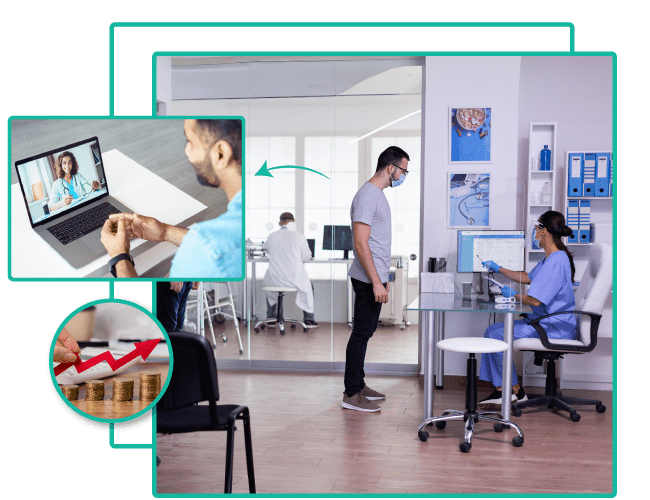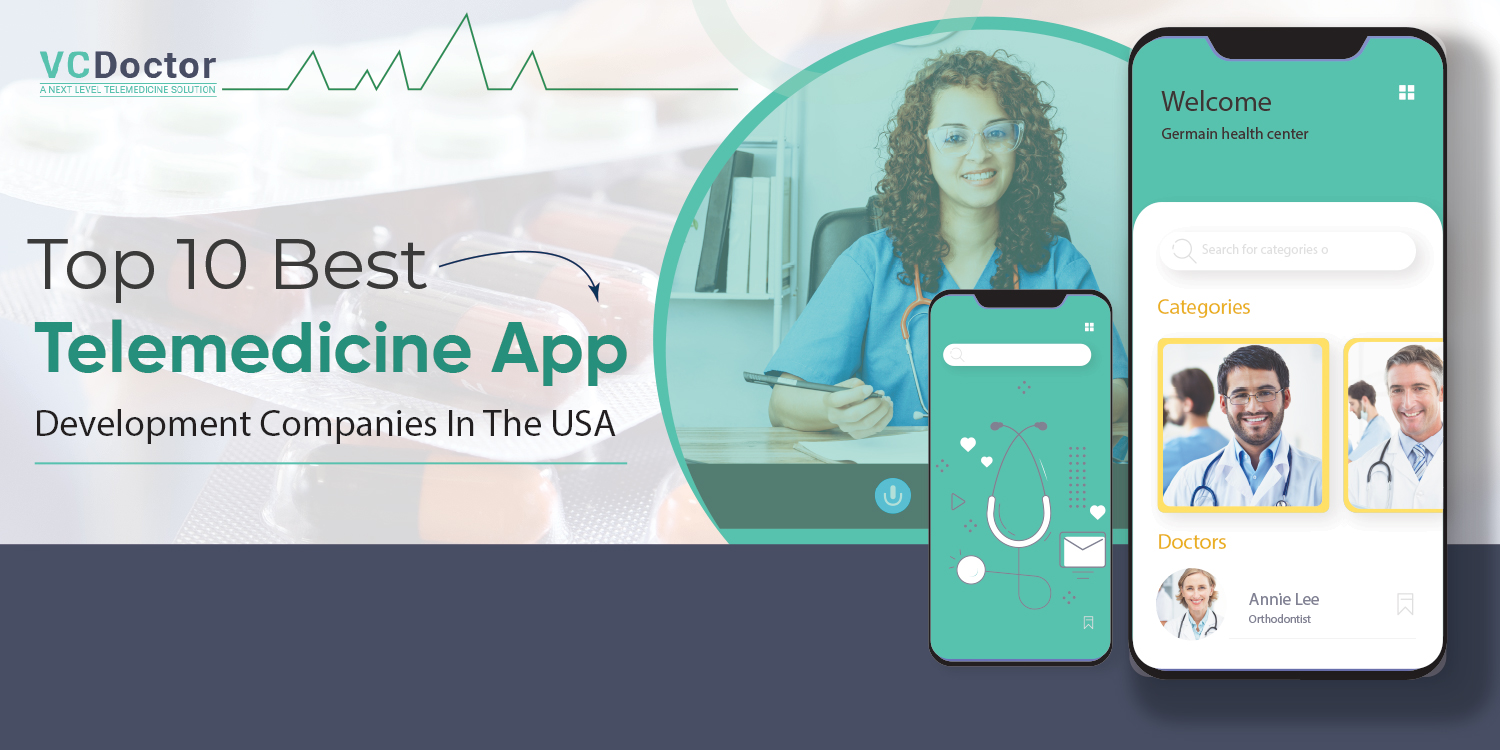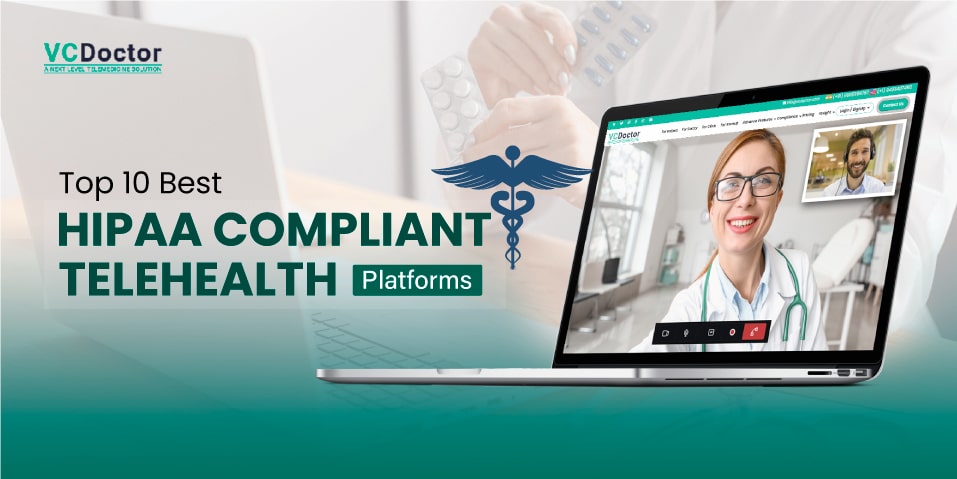Outcomes of Our Telemedicine Solution for Doctors
Increased Job Satisfaction
VCDoctor enables healthcare providers to deliver more efficient and personalized care, leading to greater job satisfaction.Enhanced Provider-patient Relationships
VCDoctor fosters closer relationships between healthcare providers and patients, leading to better patient outcomes and loyalty.Improved Healthcare Delivery
VCDoctor streamlines healthcare delivery and coordination, leading to better healthcare outcomes for patients and more efficient use of resources.Higher Patient Engagement Rates
Clinics using VCDoctor have seen up to a 40% increase in patient engagement through virtual consultations and follow-ups.Reduced No-Show Rates
The platform reduces patient no-show rates by 30%, helping doctors maximize their time and resources.Faster Consultation Times
Providers can complete consultations 20% faster, leading to improved scheduling and higher patient throughput.Clinical Decision Support
VCDoctor offers smart tools that assist providers in making faster and more accurate clinical decisions.Treatment Plan Compliance
Enhanced tracking ensures patients adhere better to treatment plans, improving long-term health outcomes.Continuous Monitoring and Alerts
Doctors receive automated alerts for follow-ups and patient status changes, ensuring proactive care delivery.Improved Patient Satisfaction Scores
Better accessibility and personalized care drive higher patient satisfaction and retention.Lower Healthcare Costs
Virtual consultations reduce overhead costs for providers, leading to more affordable care for patients.Better Health Outcomes
Through continuous engagement and timely interventions, VCDoctor helps achieve better long-term health results for patients.Key Features for Patients
Instant Appointments
Book appointments with top doctors quickly and easily.
Secure Video Consultations
HIPAA-compliant video calls for complete privacy and confidentiality.
Online Prescriptions
Receive digital prescriptions immediately after your consultation.
Easy Payment Options
Pay securely using multiple online payment methods.
Medical History Access
View, manage, and update your health records anytime through your personalized patient dashboard.
Multi-device Access
Access services on mobile, tablet, or desktop for complete convenience.
Why Choose VCDoctor?

Convenience
Deliver care without geographic limitations.

Time-saving
Skip waiting rooms and unnecessary travel.

Affordable Care
Lower your healthcare costs with virtual visits.

Access to Specialists
Get expert advice from specialists across various medical fields.

Continuity of Care
Manage ongoing treatments and book easy follow-up appointments.
Start Your Virtual Healthcare Journey Today!
Take control of your health from the comfort of your home. Sign up with VCDoctor now and experience easy, secure, and affordable telemedicine services!
Get StartedWho Can Benefit?

Working People
Book appointments quickly without missing work.
Save time with online doctor visits.
Get prescriptions and advice from home or office.

Senior Citizens
Talk to doctors from home without traveling.
Manage regular check-ups easily.
Get care for ongoing health problems.

Families and Caretakers
Handle the health needs of loved ones online.
Book and manage appointments for family members.
Track treatments and get health reminders.
How It Works
Register
Create your secure patient account in just a few minutes.
Find a Doctor
Browse and select the right healthcare provider based on your needs.
Book an Appointment
Schedule a convenient time for your virtual consultation.
Connect Online
Join your doctor through a secure and private video call.
Get E-Prescription
Receive an electronic prescription right after your consultation.
Follow-up Care
Easily book follow-ups and manage your health records online.
Our Case Study
Frequently Asked Questions






















